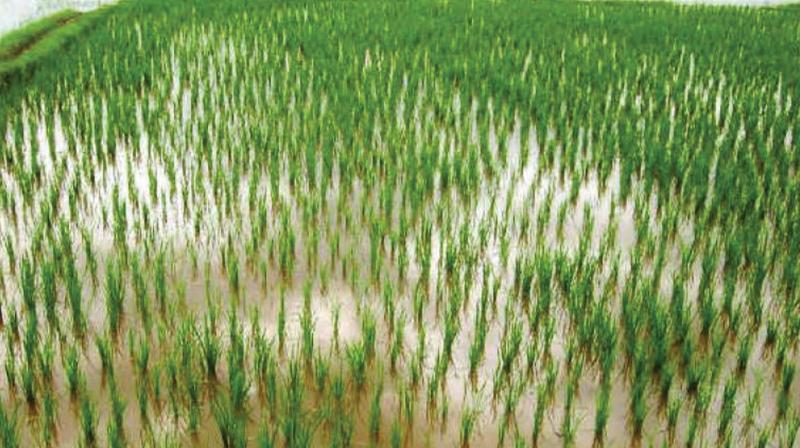Kerala banks on MGNREGS but Centre has other plans

THIRUVANANTHAPURAM: Finance minister Dr T. M. Thomas Isaac wants allocations under the Mahatma Gandhi National Rural Employment Guarantee Act to be stepped up to tackle joblessness and fall in demand in the state but the Centre feels that Kerala has been securing more than what is entitled to it under the scheme. With demonetisation affecting livelihoods in agriculture, dairy and fisheries sector, the state government expects the Centre not only to double the allocation for MGNREGA projects but also to extend it to include within its scope traditional livelihood activities like sowing and ploughing and collection and processing of bamboo to maintenance of traditional boats.
However, according to the Economic Survey released on Tuesday, the state is already receiving a disproportionately high allocation under the MGNREGA schemes. In other words, the Centre has been spending more MGNREGA money on Kerala’s poor than on the poorer people in Uttar Pradesh, Madhya Pradesh, Rajasthan or Bihar. Meaning, an increased allocation under the scheme for the state has been ruled out. The Economic Survey calls this “misallocation”. “Misallocation captures the fact that the poorest areas of the country often obtain a lower share of government resources when compared to their richer counterparts,” the survey states.
Kerala, along with Gujarat, has the lowest share of poor. Nonetheless, Kasargod district, which a large share of poor, is shown to have received considerably less than the district’s MGNREGA entitlement. The state's rationale for a higher allocation has three components: asset creation, increase in productivity and improvement of livelihood options in the context of job losses post demonetisation. The state also wants to guarantee 100-120 days of jobs annually. As it stands, because of a paucity of funds, jobs can be assured for only 60-70 days.
The state has sought the inclusion of not just operations for paddy cultivation but also vegetable plantation works and watershed activities in lands owned by small and marginal farmers. As of now, agriculture operations such as land preparation, ploughing, sowing, weed-removal, turning the soil, watering, harvesting, pruning and such similar operations are not permissible under MGNREGA. “In order to encourage the farming community to utilize small holding for cultivation this flexibility will be of great help,” a top Planning Board official said. “This will also help to enhance production, which is essential,” he added.
The state has argued for the inclusion of a new set of occupations within the scheme: dairying and fodder cultivation (the sector has inherent problems like declining cattle population, limited land holdings and decline in availability of fodder, all of which have been worsened by the drought); net-making and mending for fishing in coastal areas and maintenance of traditional boats (coastal areas have low human development index. Traditional fishing communities are vulnerable to natural calamities during monsoon. Inclusion of these items will offer them viable livelihood); collection of reed and bamboo, processing of reeds and creation of value-added products in bamboo; and spinning, weaving, adding dye and other khadi-related activities (objective is to improve livelihood options). The objective of MGNREGA is livelihood security for rural households by providing at least one hundred days of guaranteed wage employment in every financial year to every household whose adult members volunteer to do unskilled manual work.

